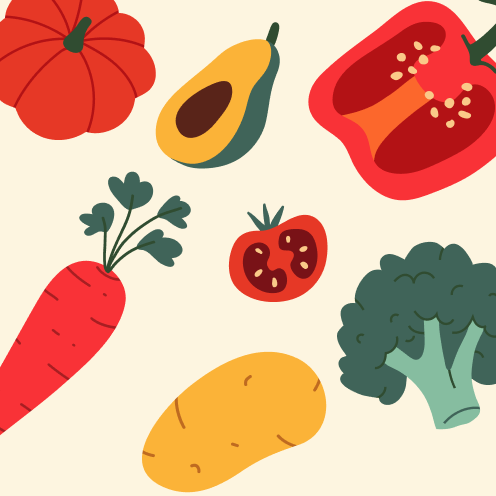When Khun Kim left her rural Thai village at 15 with little more than a borrowed street cart and a recipe for pad Thai, she was not dreaming of Michelin stars or glitzy dining rooms. No, her ambitions were simpler – serve good food, earn an honest living and perhaps, just maybe, build a better life for her family. Decades later, she’s done all that and more, with her beloved noodle dish now gracing the menus of six elegant British restaurants under the Chaophraya banner.
“It’s a significant achievement to be celebrating 20 years of Chaophraya,” Kim says, with a note of pride. Her restaurants – named after the river that is Thailand’s lifeblood – span Aberdeen, Birmingham, Edinburgh, Glasgow, Leeds and Newcastle. Each promises diners a taste of Thailand, but Kim hasn’t forgotten her roots.
“I grew up in a really poor family in a tiny village in rural Sukhothai [northern Thailand], and as soon as I could, I wanted to make life better for my mum, who’s still there. So, Martin [her husband and business partner] and I tore down the old ‘house’ she was living in and built her the nicest one in the village – complete with bedrooms and aircon. But the funny thing is, she never actually sleeps in the bedrooms, as she’s so used to sleeping outside!”
Kim’s culinary journey began in Bangkok in 1993, with a street cart and a focus on what mattered most: flavour. It was there, serving her now-famous pad Thai, that Kim earned an award for its delicious balance of flavours. “My experience preparing street food in Bangkok taught me to focus on simple, authentic flavours,” she says. “Fresh ingredients alone can be very powerful. I wanted to bring that same authenticity to a more refined restaurant setting in the UK.”
By the time Kim moved to Leeds in the late 1990s, she had perfected her pad Thai recipe, and it remains central to Chaophraya’s menu today. “Our pad Thai is special because it nails the balance of sweet, salty, sour and spicy using the best ingredients possible,” she says. “Over the years, we’ve tweaked it based on customer feedback, adjusting spice levels and adding options like gluten-free and vegetarian versions, but we’ve always kept it authentic. It’s evolved from street food to something we’re proud to serve in a restaurant – but the key really is always that perfect balance of flavours.”
It wasn’t all plain sailing. Bringing authentic Thai cuisine to British diners came with its challenges. “The biggest challenge we’ve faced has definitely been finding the right chefs and bringing them over from Thailand,” Kim says. “We’re really committed to keeping our food as authentic as possible, which means having chefs who are not just trained in Thai cooking but have years of experience in the real flavours and techniques involved in authentic Thai cooking.
“Getting them the right visas and navigating all the paperwork has been tough, but it’s something we’re dedicated to making work because we know it’s essential for the quality of our food. It’s all about staying true to the flavours, and sometimes that means jumping through a lot of hoops to get the right people on board.”
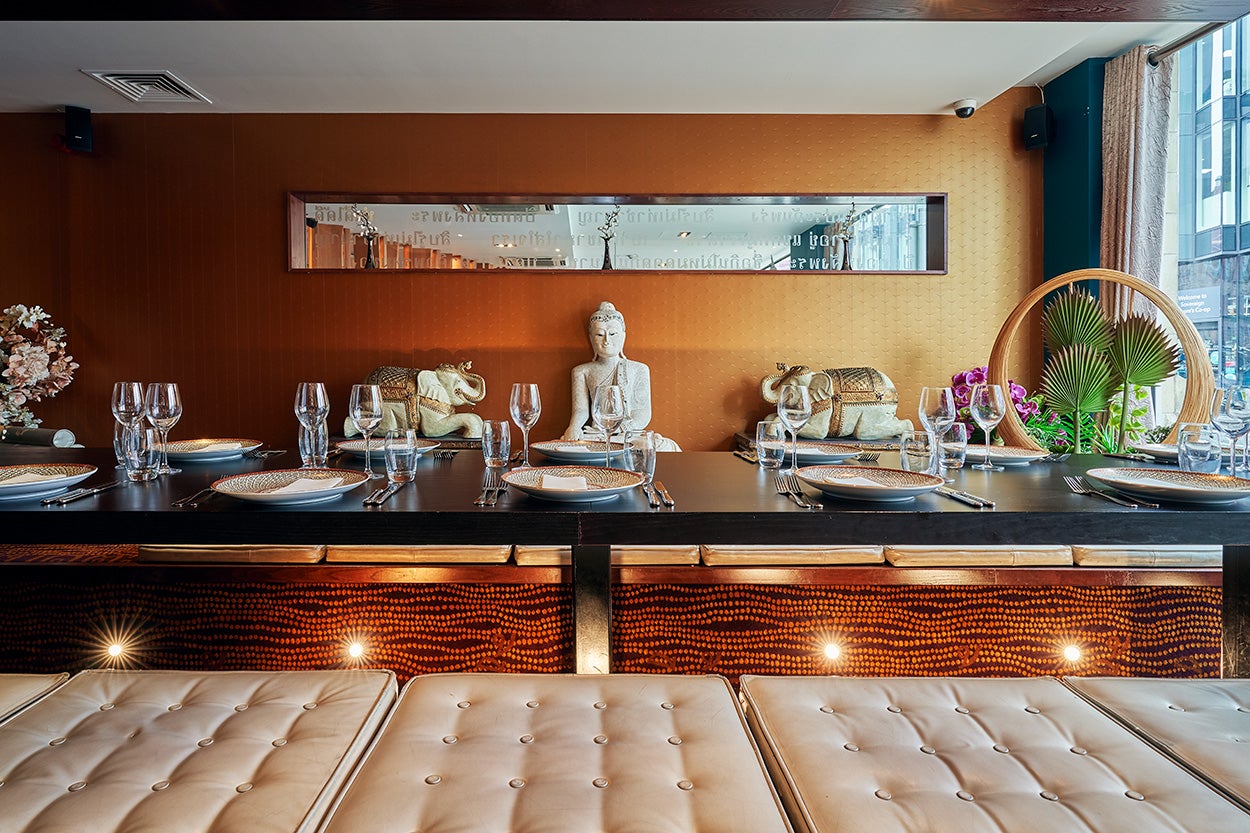
The results of those efforts are tangible – food that tastes as if it’s been plucked straight from the kitchens of Bangkok. But at Chaophraya, flavour is only half the story. “At Chaophraya, we aim to offer great food while making everyone feel welcome, whether they’re here for a spontaneous meal or a special occasion. It’s all about creating an experience that’s both delicious and personal,” she says.
That personal touch extends to Kim’s advice for home cooks eager to bring a taste of Thailand into their kitchens. “Thai cuisine is all about harmonising sweet, salty, sour and spicy flavours,” she says. “Taste the dish as you are preparing and adjust to make sure all those flavours work together. A little lime juice, a pinch of sugar, a splash of fish sauce and a hint of chilli can really bring everything into perfect harmony. Aroy mak mak!” Essentially Thai for bon appetit!
My experience preparing street food in Bangkok taught me to focus on simple, authentic flavours. Fresh ingredients alone can be very powerful. I wanted to bring that same authenticity to a more refined restaurant setting in the UK
She’s insistent on quality ingredients, urging would-be cooks to head to their local Asian supermarkets. Still, Kim understands not every pantry can be perfectly stocked. She recommends staples like fish sauce, palm sugar and coconut milk as must-haves, along with lemongrass, galangal and kaffir lime leaves. For substitutions, she suggests soy sauce for fish sauce, brown sugar for palm sugar and fresh ginger for galangal.
For Kim, though, the best results come from authenticity, even if it means putting in a little more effort. “Stir-frying is a great place to start – it’s quick, high-heat cooking that’s perfect for dishes like pad Thai and basil stir-fry,” she says. For those ready to take on a bigger challenge, she encourages making curry pastes from scratch. “It makes a real difference despite the extra effort, giving you control over flavour and making your curries so much fresher.”
Two decades on, Kim has watched as British diners’ palates have expanded. “When we first opened 20 years ago, we found that we needed to tweak things much more than we do today – people weren’t used to Thai flavours. However, today we find that this is less of the case,” she says.
This shift has opened the door to more adventurous dishes and even regional Thai cuisine. Isaan’s fiery salads and southern Thailand’s rich coconut curries are ripe for discovery. “The future of Thai cuisine in the UK will likely see an even greater emphasis on authenticity as Western palates continue to adapt to and embrace more complex Asian flavours,” she says.
Kim is also betting on food theatre, spurred on by social media’s hunger for the visual. “Thai cuisine, with its vibrant colours and ingredients, lends itself perfectly to this trend,” she says.
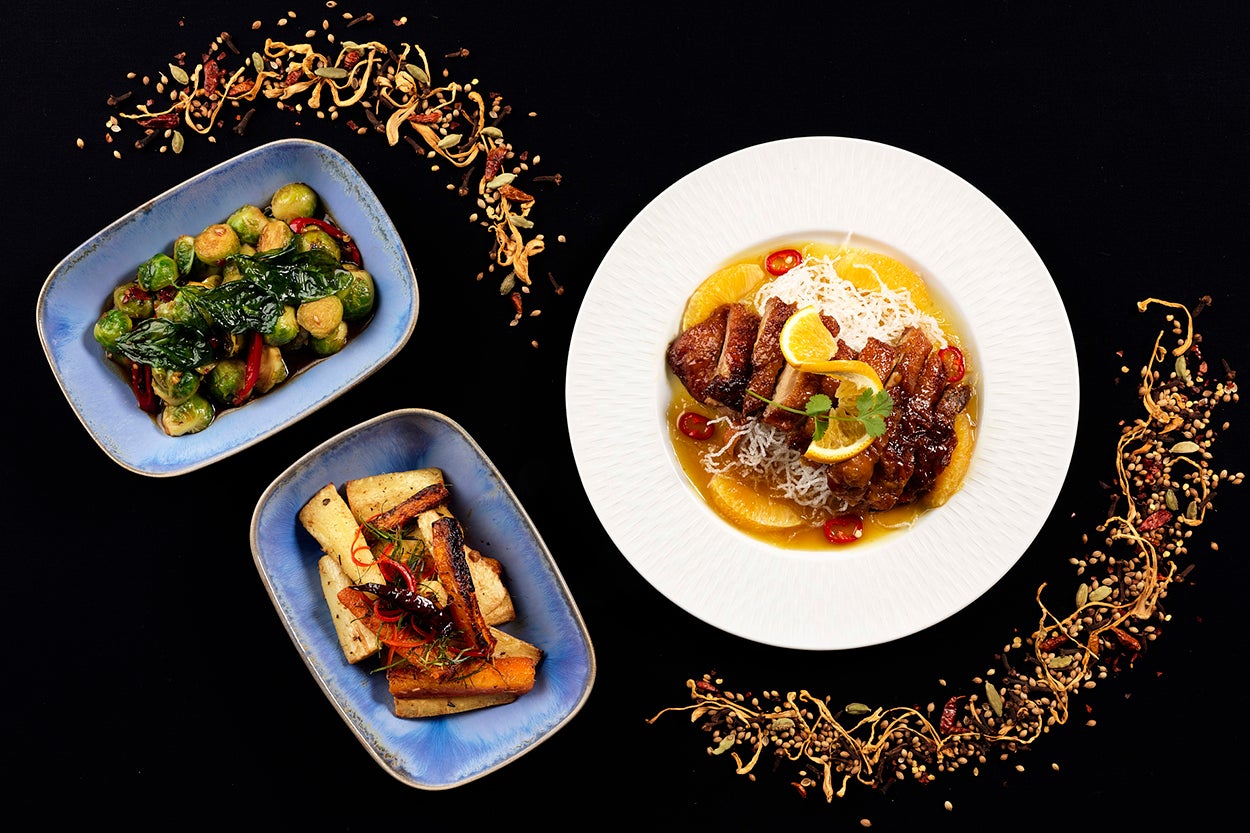
At Chaophraya, that future is already being served. “We’ve put a lot of thought into [our festive menu] to offer a true taste of Thailand to celebrations this Christmas season,” Kim says. Dishes include sweet chilli maple glazed pigs in blankets, roast duck with cinnamon and orange sauce, and Panang weeping tiger.
Whether in her restaurants or in readers’ homes, Kim’s mission is clear: to share the flavours and culture of her homeland. “Thai food is all about balance, flavour and sharing,” she says. “It’s a way to connect with others, and I’m so proud to see it bring people together here in the UK.”
For those inspired to bring a taste of Thailand into their own kitchens, here are a selection of recipes from Chaophraya, showcasing the vibrant flavours and authentic techniques that make Thai cuisine so irresistible.
Chicken Thai tacos
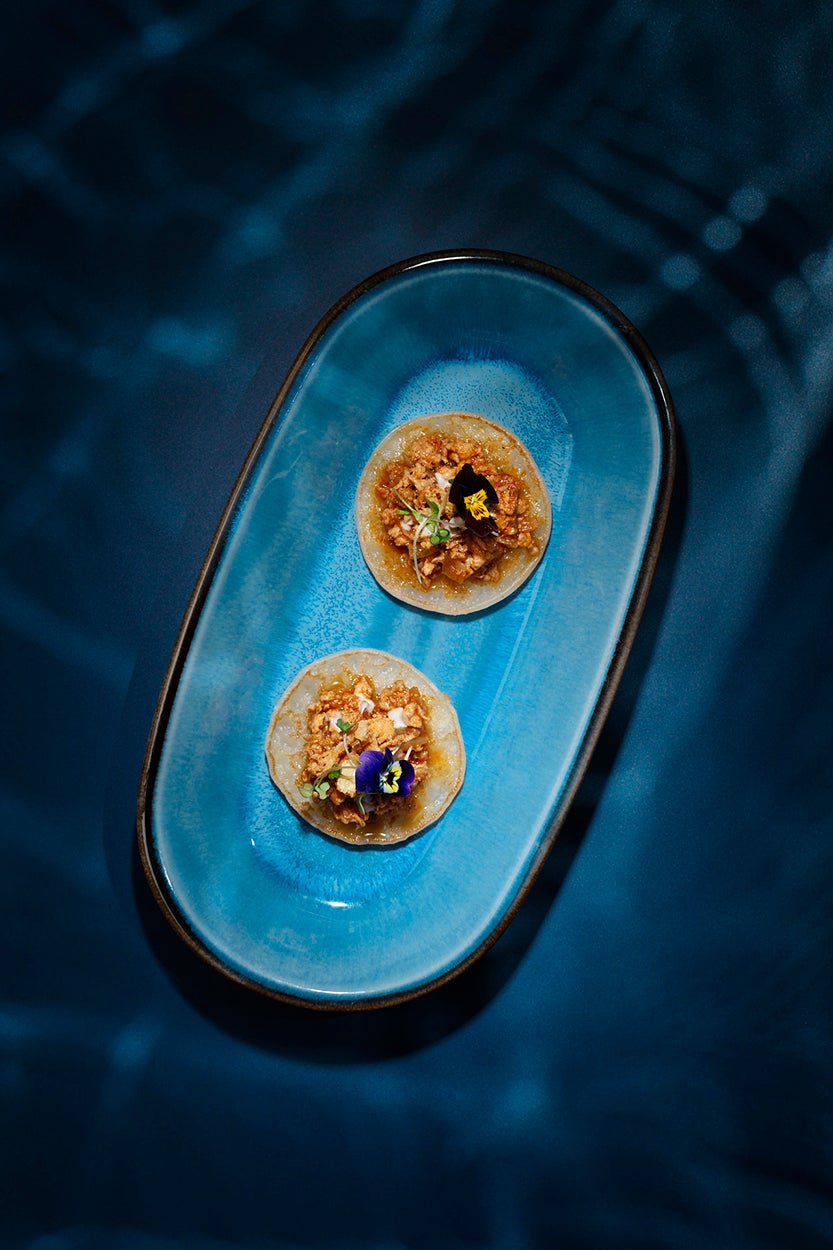
A Chaophraya signature creation – red curry and coconut milk chicken served on soft rice flour tacos topped with crispy shallots. These soft creamy tacos with just a hint of spice combine all four of the essential Thai flavours, salty, sour, sweet and spicy, offering a true taste of Thailand with each bite. Full of all the flavours from a classic red curry, they make the perfect dinner party canape to impress guests, or to enjoy all to yourself as an appetiser.
Makes: approx 20 Thai chicken taco bites
Ingredients:
For the taco sheets:
50g glutenous rice flour
150g rice flour
2.5g (½ tsp) salt
20g (1½ tsp) granulated sugar
200ml coconut milk
60ml hot water
For the taco filling:
300g chicken mince
52.5g (3 tbsp) red curry paste
30g (1½ tbsp) chilli paste in oil (known as Nam Prik Pao)
22.5g red onions
30g (2 tbsp) pad Thai sauce (or use 15g tamarind concentrate)
22.g palm sugar (palm sugar usually comes hard as big chunks – make sure to pound or break it into small pieces so it can be dissolved easily)
60ml coconut milk
30ml oil
To garnish:
30g crispy shallots (or crispy onions)
12g salad cress
40ml coconut milk
20 baby viola flowers
Method:
1. Begin by making your Thai taco sheets: mix glutenous rice flour, rice flour, salt, and sugar in a large bowl.
2. Add the coconut milk to the bowl gradually and mix until thickened.
3. Add the hot water gradually to the bowl to loosen to mixture, then add the rapeseed oil and mix till smooth.
4. Use a flat pan to make the taco sheet. Apply a little bit of oil to the pan to prevent sticking, then carefully spoon 20g of the mixture into the pan to make a circular disc and cook on medium-low heat for 1-2 minute on each side. The taco sheet should be 5mm thick and have 8cm diameter.
5. Once you have a stack of approximately 20 Taco sheets ready, it’s time to create your filling: cut red onions into small dices.
6. Heat oil in a wok and sweat the red onions over a medium-low heat until fragrant before adding other ingredients (1-2 mins), then add the red curry paste and chilli paste in oil and continue to stir on medium-low heat until fragrant (1-2 mins).
7. Add coconut milk and continue to stir until oil starts smearing (2 mins).
8. Then add minced chicken, palm sugar, and pad Thai sauce. Continue to stir-fry until the chicken is cooked (5 mins).
9. Finally, it’s time to serve up: place the taco sheet on serving plate/tray. Put a spoonful of the Thai chicken taco sauce on each sheet, then drizzle a little bit of coconut milk and garnish with crispy shallots or onions, salad cress, and flowers.
Chef’s tip: Add in chopped red chilli if you love spice!
Drink pairing: This dish would pair well with a Sauvignon Blanc or Singha Beer.
Royal lamb massaman curry
This curry is a true Thai fusion dish that is rich in flavour but relatively mild in spice. Sous vide lamb, carrot, and potatoes are combined with Massaman sauce, cardamom, cinnamon, and cloves, then topped with crispy shallots and toasted cashew nuts to create a fragrant curry that is both sweet and spicy. Paired with coconut rice, it makes the perfect meal that will transport your taste buds to Thailand.
Serves: 4
Ingredients:
For the massaman paste:
12 large dried chillies
1.5 tsp coriander seeds
0.5 tsp cumin seeds
4 cardamom seeds (without shell)
4 cloves
1 mace
1 nutmeg
1 cinnamon stick
1 tbsp diced galangal
2 tbsp finely chopped lemongrass
1 tsp kaffir lime peel (or lime leaves if not available)
8-10 garlic cloves
5 tbsp finely chopped shallots (or red onion if not available)
0.5 tsp ground white pepper
1 tsp shrimp paste
1 tsp salt
For the massaman lamb curry:
250g diced lamb
150g potato
100g carrot
50g onion
30g roasted cashew nuts
400ml coconut milk (100ml for stewing lamb)
500ml water
0.5 tbsp salt
50ml cooking oil
1 tbsp tamarind concentrate
40g palm sugar
1 cinnamon stick
2 star anise
2 bay leaves
1 tbsp fish sauce
1 tbsp crispy fried shallots
30g (2 tbsp) roasted cashew nuts
Method:
1. To make the massaman paste: roast coriander seeds, cumin seeds, cardamom seeds, cloves, nutmeg, mace and cinnamon one by one over low heat until fragrant. Grind finely and set aside.
2. Soak the dried chillies until soft, drain and dry on kitchen paper. Pound chillies with salt until fine. Gradually add white pepper, galangal, lemongrass, kaffir lime peel, garlic and shallots, pounding until combined. Add shrimp paste and roasted spices, mixing thoroughly.
3. To cook the curry: stew the lamb in 100ml coconut milk and 500ml water with 0.5 tbsp salt. Simmer on low heat for 1.45-2 hours until tender. Reserve the stock.
4. Peel and cut potato and carrot into chunks; dice onions.
5. Heat oil in a pot over medium-low heat. Add 2 tbsp Massaman paste and stir until fragrant. Add 4 tbsp coconut milk and stir until oil separates.
6. Add stewed lamb, bay leaves, cinnamon stick and star anise, stirring until fragrant.
7. Add potatoes, carrots, onions, the remaining coconut milk and reserved lamb stock. Bring to a boil, then simmer until the vegetables are cooked.
8. Season with tamarind concentrate, palm sugar and fish sauce. Simmer for another 30 minutes or until the sauce is intense and ingredients are tender.
9. Serve in a bowl, garnished with roasted cashew nuts and crispy fried shallots.
Chef’s tip: Toast spices individually to ensure even roasting. If roasted together, smaller spices may burn while larger ones remain under-roasted.
Drink pairing: Pair with a Portillo Malbec or Rosso Trevenezie Cabaletta.
Chicken or tofu pad Thai
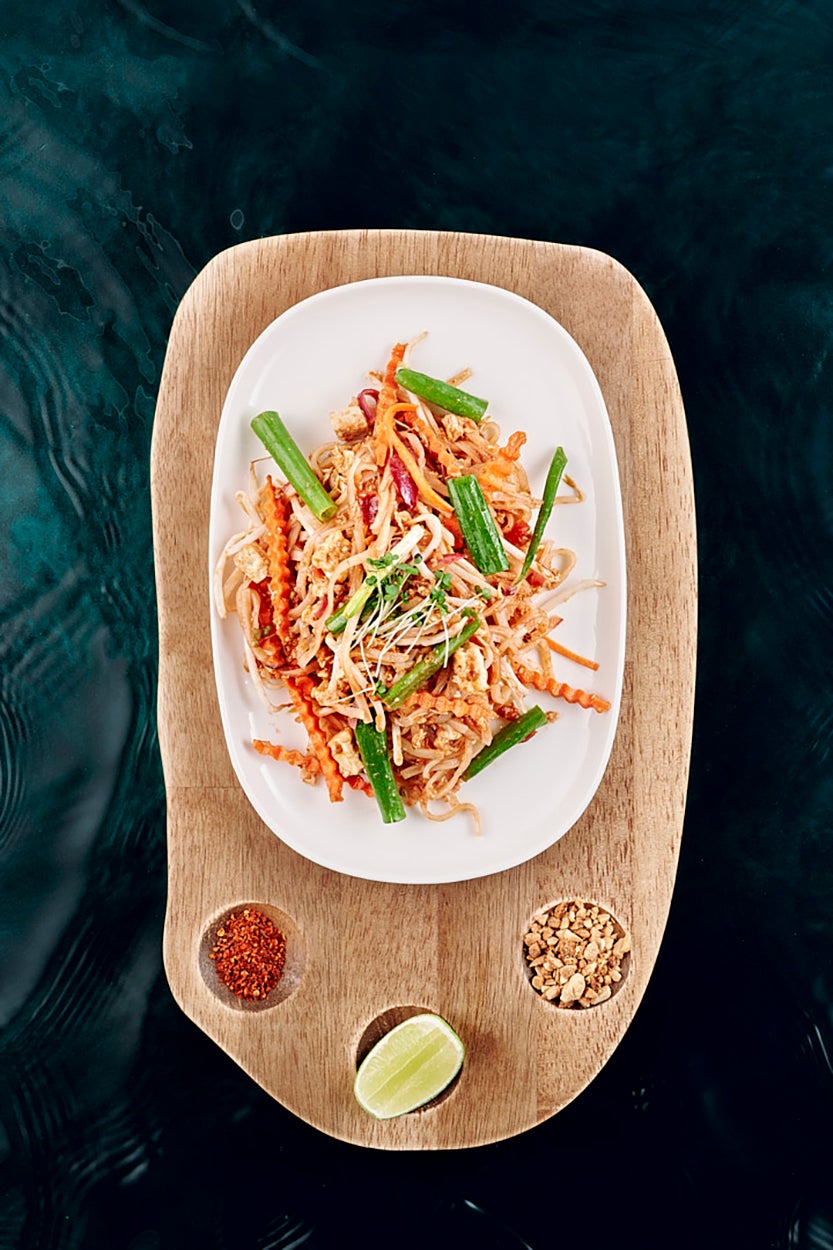
The national dish of Thailand! Pad Thai is the most well-known Thai dish, traditionally made with rice noodles, crunchy vegetables and a sweet and tangy sauce, with your choice of chicken or tofu. It combines salty, sour, sweet and spicy flavours – the four essential Thai flavours – making it an authentic dish that will appeal to all taste palettes. Paired with prawn crackers for a bit of extra crunch, this dish is a staple of Thai cuisine.
Serves: 4
Ingredients:
For the pad Thai sauce:
315g sugar
205g palm sugar
45g salt
40g tomato paste/puree
95g ketchup
450g tamarind concentrate
90g red onion
45g cooking oil
135g water
For the chicken pad Thai:
40ml cooking oil (2.5 tbsp)
10g sliced red onions (1 tbsp)
15g tofu (1 tbsp)
10g chopped sweet turnip (1 tbsp)
120g sliced chicken
1g salt
0.3g ground white pepper
1 egg
90g rice noodles (3mm)
100g Pad Thai sauce
50ml water
20g julienned carrots
40g bean sprouts
20g spring onions
0.25 lime
2g red chilli (1-2 slices)
2g coriander (1-2 stems)
5g crushed dried chilli (0.5 tbsp)
15g crushed toasted peanuts (2 tbsp)
Method:
1. To make the sauce: finely chop red onions. Heat oil in a pot and sweat onions until fragrant.
2. Stir in tomato paste and cook until aromatic. Add water, sugar, palm sugar and salt. Stir until dissolved.
3. Add tamarind concentrate and ketchup. Simmer on medium-low for 15 minutes, stirring to prevent burning. Cool and refrigerate for up to 7 days.
4. To make the pad Thai: soak rice noodles in water for 30 minutes until soft. Drain and set aside.
5. Marinate chicken slices with a pinch of salt and pepper. Prepare vegetables and tofu.
6. Heat oil in a wok. Stir-fry chicken until halfway cooked. Add red onions and tofu, stirring until fragrant.
7. Add egg and scramble. Stir in sweet turnip.
8. Add rice noodles, Pad Thai sauce and a splash of water. Stir until noodles absorb the sauce.
9. Add vegetables and mix. Serve garnished with coriander, red chilli, peanuts, dried chilli and lime.
Chef’s tip: Soak rice noodles until soft but firm to prevent them from becoming mushy during stir-frying.
Drink pairing: Pair with Sauvignon Blanc (Chicken) or Singha Beer (Tofu).
Prawn Thai basil fried rice
A go-to dish for Thai people! This street food classic is both salty and spicy, offering a unique dish full of flavour from chilli and basil leaves. Traditionally served with a fried egg, it’s a perfect way to experience a taste of Thailand.
Serves: 2
Ingredients:
30ml oyster sauce (2 tbsp)
10ml soy sauce (2 tsp)
5ml dark soy sauce (1 tsp)
4.5g sugar (1 tsp)
30ml water (2 tbsp)
40ml cooking oil (20ml for rice)
15ml fish sauce (1 tbsp)
1 egg
120g king prawns
10g bird’s eye chilli (8)
10g garlic (4 cloves)
15g diced green pepper (1 tbsp)
15g diced red pepper (1 tbsp)
30g diced onions (2 tbsp)
5g basil leaves (10-12)
40g cucumber (3 slices)
0.25 lime
300g steamed jasmine rice
Method:
1. Finely chop chilli and garlic. Reserve half for a dipping sauce (mixed with fish sauce, sugar, and lime juice).
2. Dice vegetables and peel cucumber slices. Clean prawns.
3. Fry egg in hot oil until crispy and set aside.
4. Heat oil in a wok. Stir-fry garlic and chilli until fragrant. Add prawns, vegetables, water and sauces. Stir until prawns are cooked.
5. Add basil and jasmine rice. Stir until well mixed. Serve topped with fried egg, cucumber slices and dipping sauce.
Chef’s tip: Use cold rice for firmer texture and fragrant basil leaves added at the end.
Drink pairing: Pair with a rum-based cocktail.
Banana fritters
A traditional Thai dessert. These sweet banana fritters are deep-fried until crisp and served warm with honey drizzle, aerosol cream, and a scoop of coconut ice cream.
Serves: 4
Ingredients:
2 bananas
130g self-raising flour (100g for batter, 30g for dusting)
30g sugar (2.5 tbsp)
2g salt (0.5 tsp)
30g desiccated coconut (6 tbsp)
10g sesame seeds (1.5 tbsp)
100ml coconut milk
120ml cold water
15ml cooking oil (1 tbsp)
30ml honey (2 tbsp)
10g aerosol cream (optional)
60g coconut ice cream
Method:
1. Mix batter ingredients: 100g flour, sugar, salt, coconut milk, water, oil, sesame seeds and desiccated coconut until smooth.
2. Heat oil to 170C. Peel and quarter bananas, dust with flour, coat in batter and fry until golden brown. Drain excess oil.
3. Serve with honey drizzle, cream and ice cream.
Chef’s tip: Use semi-ripe bananas for the perfect balance of sweetness and texture.
Drink pairing: Pair with Irish Coffee.
